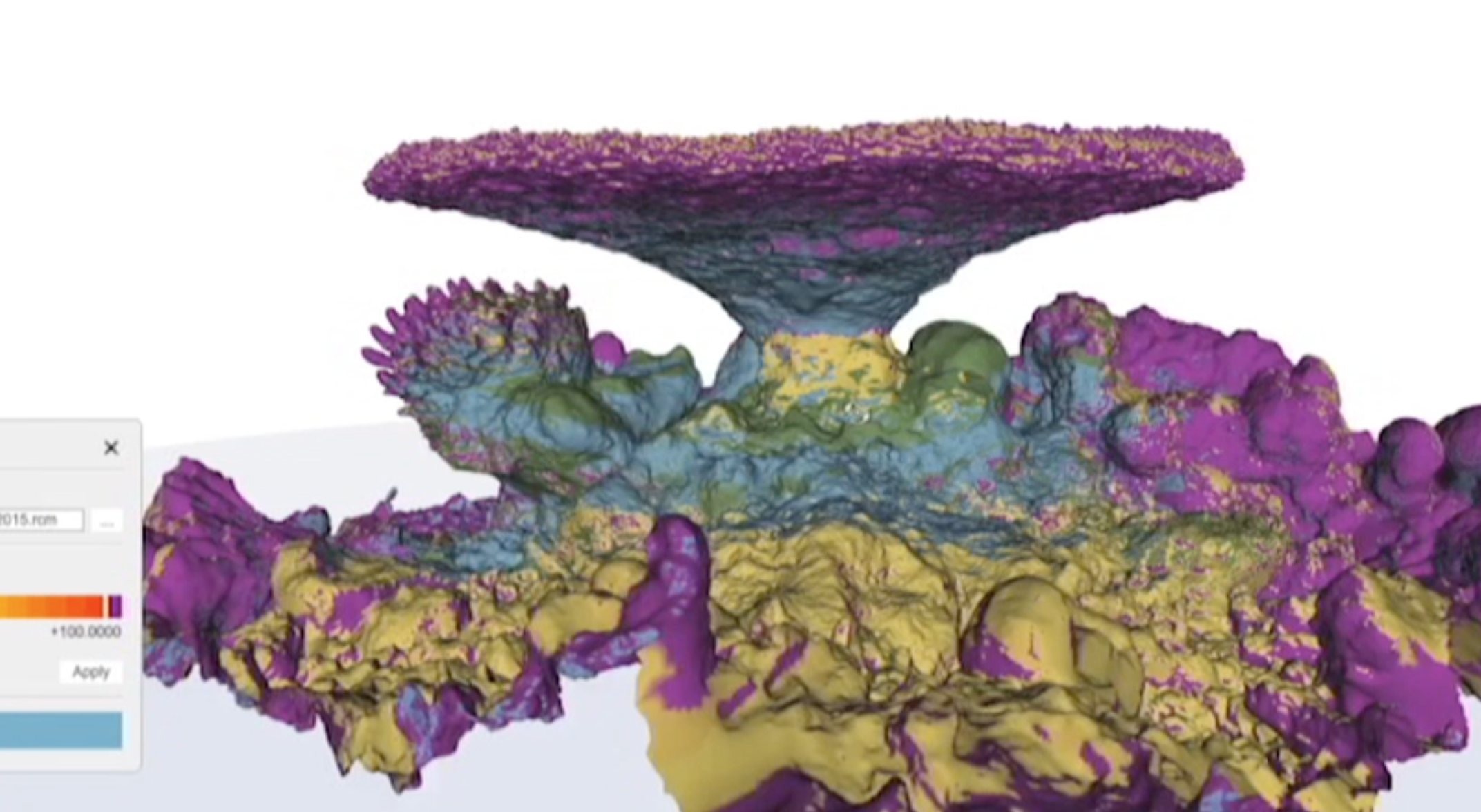Digital Models
The Hydrous team creates high resolution digital models of corals for research and visualization. Using just a camera and software, we non-invasively model a living coral underwater and produce accurate and interactive 3D models.
Museum Collections
In collaboration with the California Academy of Sciences in San Francisco and the Smithsonian in Washington, D.C., we have been digitizing collections to bring back-of-house treasures to the masses.
“The [Hydrous] models are incredible. I see many areas where such high resolution models would be useful. We need a non-destructive way to accurately measure surface area and volume of corals. I think this would be incredible as a visualization and would definitely get people talking about how fabulous corals are.”
What's Next?
The Hydrous is experimenting with reality capture at larger scales, including reef swaths (video below is an area of 10m x 10m) and entire islands, as seen in the video below (Pineapple Island, Maldives). Coupled with traditional data, we are able to tell a richer story of change to organisms and ecosystems over time.
A 3D render of Pineapple Island, from the Maldives 2016 Expedition.
Discover the Hydrous process here!
Combining modern techniques with traditional casting methods, these bronze coral sculptures are the first of their kind in the world.
“This technology will allow us to better understand coral reef diversity and health at an unprecedented scale, allowing us to help preserve them before they are gone.”



